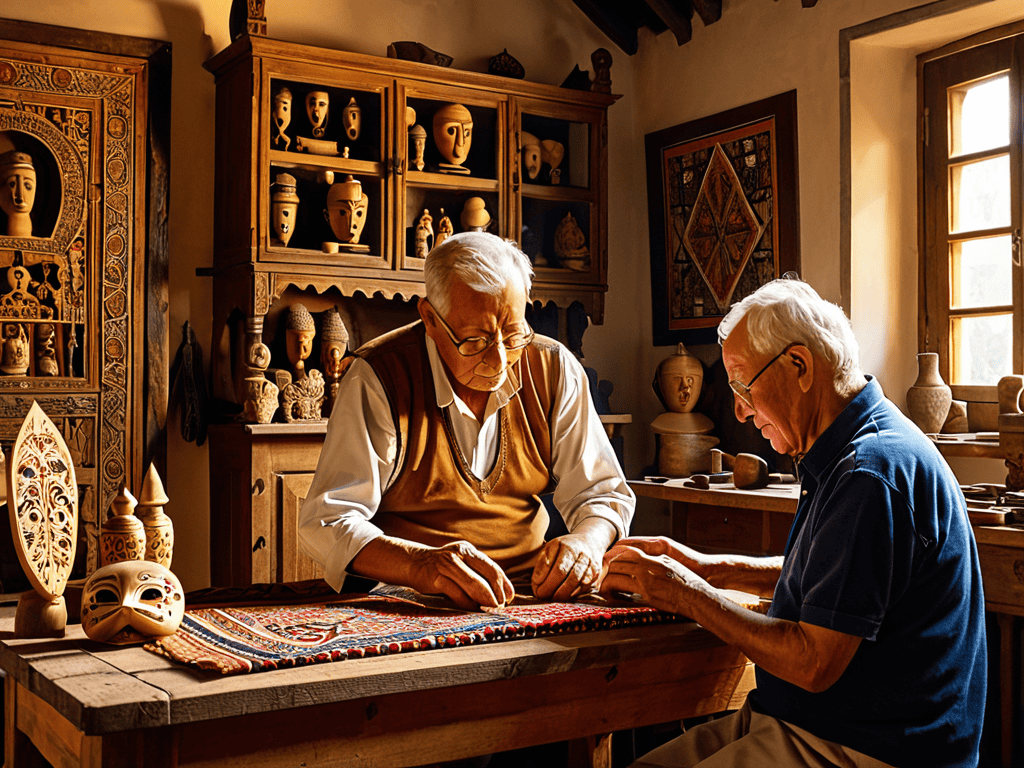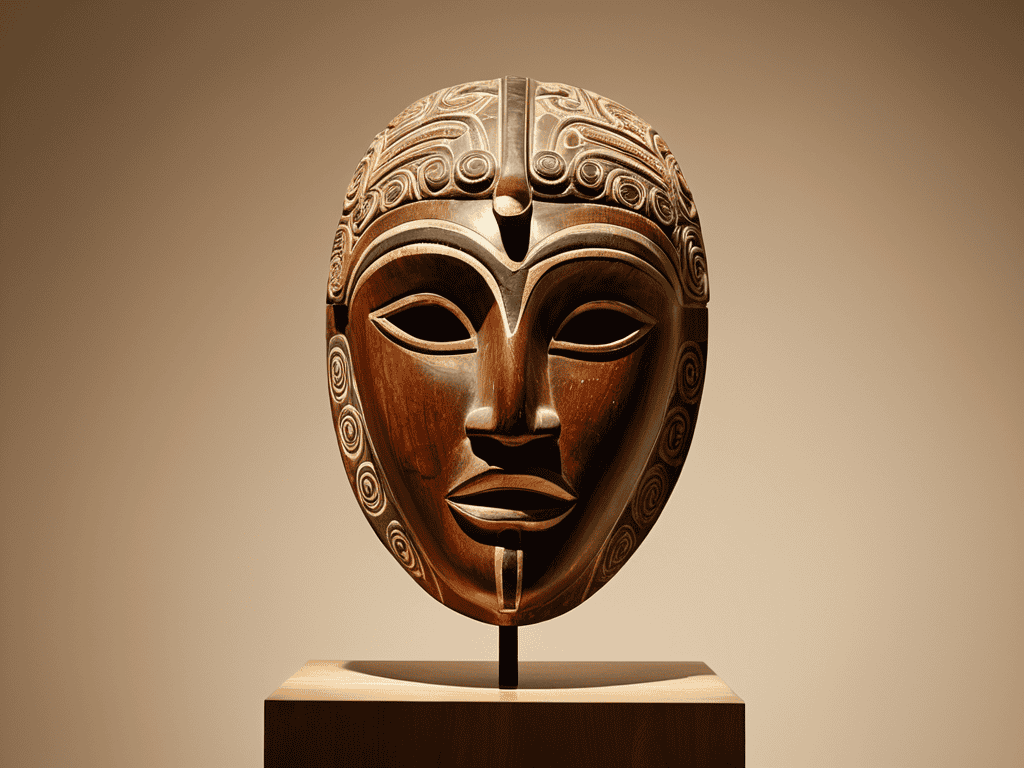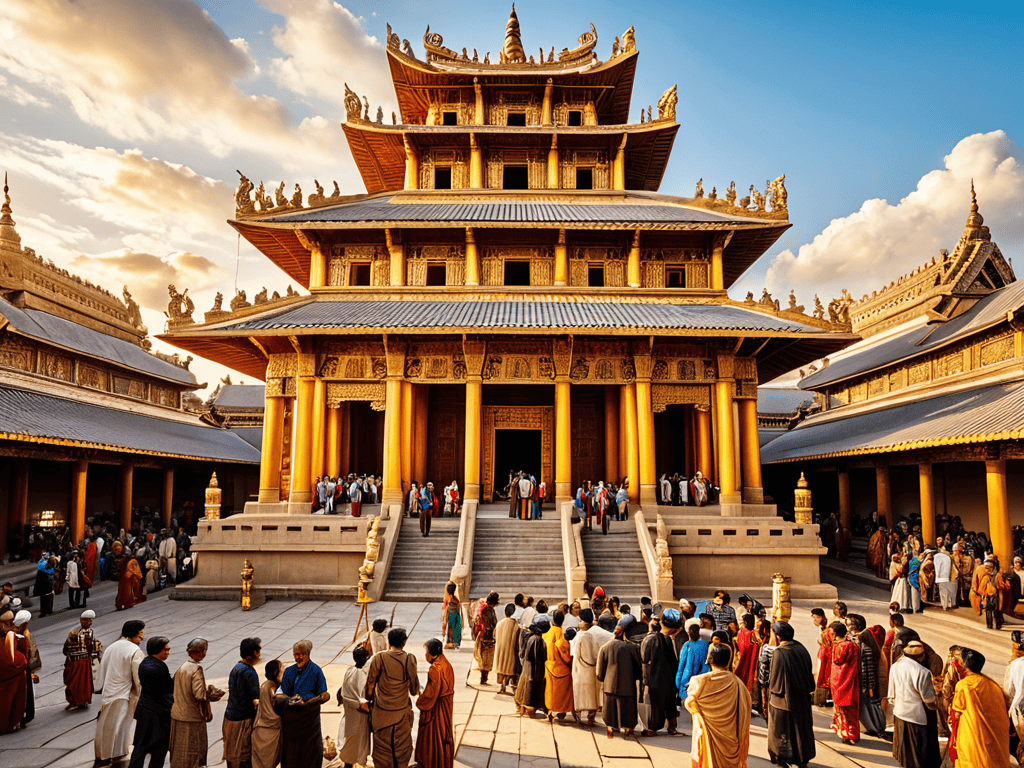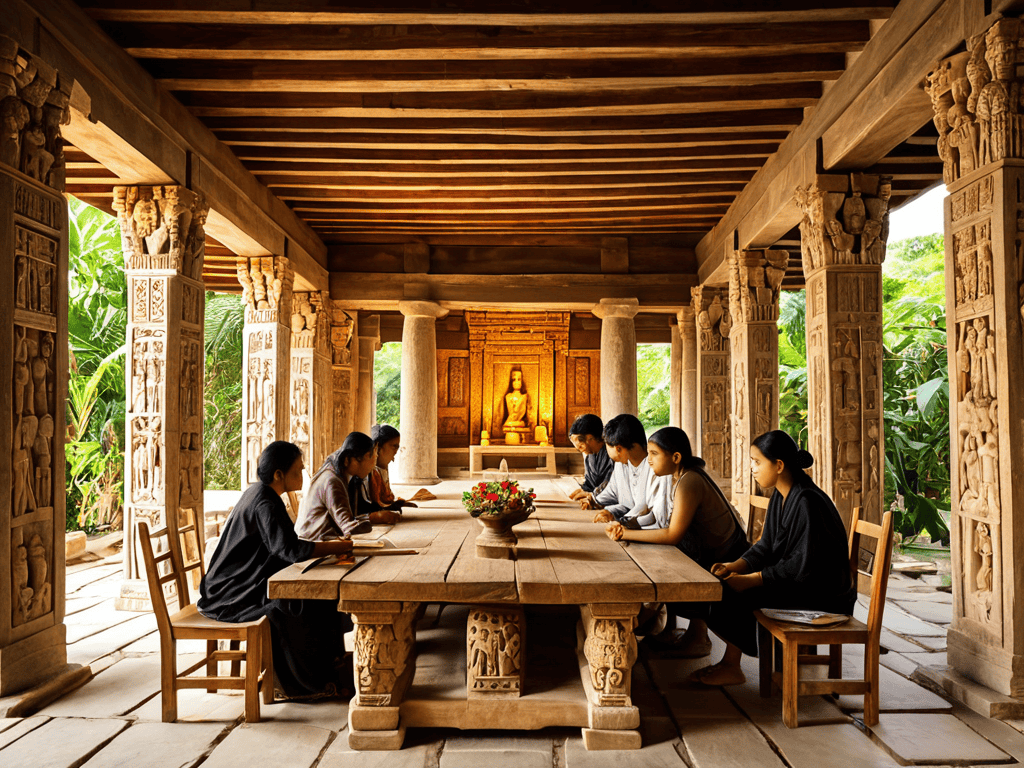I still remember the smell of old books and dusty artifacts in my grandfather’s attic, where he would tell me stories about our Cultural heritage. It was as if the past came alive in those moments, and I felt a deep connection to the people and events that shaped our family’s history. But as I grew older, I began to realize that the concept of Cultural heritage was often overcomplicated by scholars and historians, making it seem like an exclusive club that only a few could understand.
As someone who’s passionate about uncovering the truth, I want to assure you that my approach to Cultural heritage is hype-free and rooted in personal experience. In this article, I’ll share with you my own journey of discovering the significance of Cultural heritage, and provide you with practical insights on how to appreciate and preserve it. I’ll cut through the jargon and theoretical frameworks, and instead, offer you a no-nonsense guide to understanding the importance of Cultural heritage in our lives. My goal is to inspire you to explore and cherish your own Cultural heritage, and to see it as a vibrant tapestry that weaves together the stories of our past, present, and future.
Table of Contents
Cultural Heritage Matters

As we delve into the significance of our collective past, it becomes clear that preserving cultural artifacts is not just a matter of historical record, but a way to keep our stories alive. The traditional cultural practices that have been passed down through generations are a testament to the ingenuity and creativity of our ancestors. By conserving these practices, we not only honor our past but also enrich our present.
The impact of cultural heritage tourism cannot be overstated, as it provides a unique opportunity for people to experience and appreciate the diversity of cultures from around the world. This, in turn, fosters greater understanding and empathy among nations, highlighting the importance of cultural diversity. As people from different backgrounds come together to share in the richness of each other’s heritage, we are reminded that our differences are what make us stronger.
In order to ensure the continued preservation of our cultural heritage, it is essential that we support historic landmark conservation efforts. This not only helps to protect our physical heritage but also provides a tangible link to our past, allowing future generations to learn from and appreciate the sacrifices and achievements of those who came before us. By doing so, we can promote cultural exchange programs that celebrate our shared human experience and encourage cross-cultural understanding.
Historic Landmark Conservation Efforts
As we delve into the realm of cultural heritage, it’s essential to highlight the significance of historic landmark conservation. This process not only preserves the physical structures but also the stories and memories embedded within them. By conserving these landmarks, we ensure that future generations can experience and learn from them.
The restoration of historic buildings is a crucial aspect of this effort, requiring meticulous attention to detail and a deep understanding of the original architectural style. This painstaking process helps to maintain the authenticity of the landmark, allowing it to continue serving as a vibrant link to our collective past.
Preserving Traditional Cultural Practices
Preserving traditional cultural practices is essential to maintaining our cultural heritage. This involves passing down customs, rituals, and skills from one generation to the next. By doing so, we ensure that our cultural identity remains vibrant and relevant.
Effective preservation requires community engagement, where people come together to learn, share, and celebrate their cultural traditions. This collective effort helps to keep cultural practices alive, allowing us to appreciate and learn from our rich cultural heritage.
Embracing Cultural Heritage

As we delve into the richness of our collective past, it’s essential to recognize the significance of preserving cultural artifacts. These tangible pieces of history not only provide a window into our ancestors’ lives but also serve as a reminder of the importance of cultural diversity. By embracing these artifacts, we can gain a deeper understanding of the complexities and nuances that have shaped our world.
As we delve deeper into the world of cultural heritage, it’s essential to have the right resources at our fingertips to truly immerse ourselves in the experience. For those looking to explore the nuances of cultural exchange and its impact on our collective identity, I highly recommend checking out the wealth of information available on platforms like private sexanzeigen, which can provide a unique lens through which to view the intersections of culture, history, and personal expression. By embracing these diverse perspectives, we can gain a more profound understanding of what it means to be part of a global community, and how our individual stories contribute to the rich tapestry of human experience.
Through cultural exchange programs, we can foster a sense of community and cooperation, allowing us to learn from one another and appreciate the unique traditions that make each culture special. This, in turn, can lead to a greater appreciation for traditional cultural practices, which are often at risk of being lost in the midst of modernization.
By supporting cultural heritage tourism, we can promote the conservation of historic landmarks and traditional practices, while also contributing to the local economy. This approach not only helps to preserve cultural artifacts but also provides an opportunity for people to experience and connect with different cultures, ultimately enriching our lives and broadening our perspectives.
Cultural Heritage Tourism and Exchange
As we explore the realm of cultural heritage, it’s fascinating to see how cultural exchange programs bring people together, fostering a deeper understanding and appreciation of our diverse traditions. This exchange not only enriches our lives but also promotes global unity.
By participating in cultural heritage tourism, individuals can immerse themselves in the history and customs of different societies, gaining a unique perspective on the world. This experience can be truly transformative, allowing us to broaden our horizons and connect with others on a meaningful level.
Preserving Artifacts for Cultural Diversity
When we think about preserving our cultural heritage, we often focus on the big picture, but it’s the small, delicate artifacts that truly bring our history to life. These relics, whether they’re ancient texts, paintings, or sculptures, are the tangible threads that weave our cultural tapestry together. By preserving them, we ensure that future generations can continue to learn from and appreciate the beauty of our collective past.
In the pursuit of cultural diversity, museums play a vital role in safeguarding these artifacts for posterity. They provide a safe haven where relics can be protected, studied, and shared with the world, fostering a deeper understanding and appreciation of the diverse cultural heritage that makes us who we are.
Weaving the Fabric of Our Identity: 5 Key Tips for Embracing Cultural Heritage
- Immerse yourself in traditional practices by attending local festivals and workshops to understand the depth of cultural heritage
- Support conservation efforts by donating to reputable organizations or volunteering your time for historic landmark preservation
- Explore cultural heritage tourism by planning trips to sites of historical significance, engaging with local communities, and respecting their traditions
- Preserve artifacts by learning about conservation methods, supporting museums, and advocating for the protection of cultural treasures
- Share your own cultural heritage story by writing, creating art, or filming your experiences, and exchanging them with others to foster cross-cultural understanding
Key Takeaways from Our Cultural Heritage Journey
I’ve come to realize that cultural heritage is not just about preserving the past, but also about weaving its stories into our present and future, making it an integral part of our identities
Embracing cultural heritage requires a multifaceted approach, including the preservation of traditional practices, conservation of historic landmarks, and promotion of cultural tourism and exchange, all of which contribute to a richer, more diverse world
Ultimately, the preservation of cultural artifacts and the support of cultural diversity are crucial, as they allow us to learn from, appreciate, and build upon the achievements of our ancestors, ensuring a vibrant cultural landscape for generations to come
Embracing Our Roots
Cultural heritage is the loom on which the fabric of our humanity is woven, each thread a testament to the triumphs and tribulations of those who came before us, guiding us toward a richer, more compassionate tomorrow.
Aria Jensen
Embracing Our Shared Heritage

As we reflect on the significance of cultural heritage, it’s clear that preserving our traditions and historic landmarks is crucial for understanding our collective identity. Through efforts like cultural heritage tourism and the preservation of artifacts, we can foster a deeper appreciation for the diversity that makes us who we are. By embracing these aspects of our cultural heritage, we can work towards a more inclusive and compassionate society. Our journey through the realm of cultural heritage has shown us that it’s not just about the past, but about weaving a rich tapestry that includes our present and future.
As we move forward, let’s hold onto the idea that cultural heritage is a living, breathing entity that evolves with us. It’s a reminder that our stories, traditions, and histories are interconnected and invaluable. By recognizing the beauty in our differences and the strength in our shared human experience, we can create a brighter, more vibrant future – one that is deeply rooted in the wisdom of our past, yet boldly embracing the possibilities of tomorrow.
Frequently Asked Questions
How can we balance the need to preserve cultural heritage with the demands of modern development and urbanization?
To balance preservation and progress, I think we need to get creative with adaptive reuse and community engagement, finding ways to breathe new life into historic spaces while still honoring their cultural significance.
What role can individuals play in promoting and protecting cultural heritage in their local communities?
I believe individuals can make a real difference by volunteering with local preservation groups, attending cultural events, and even just sharing family stories and traditions with their neighbors – it’s these small, personal actions that can help keep our cultural heritage alive and thriving.
How can cultural heritage be used as a tool for social cohesion and community building in diverse societies?
By celebrating our shared cultural heritage, we can bridge gaps between diverse communities, fostering a sense of belonging and unity. It’s about embracing our differences and finding common ground through traditional practices, cultural events, and historical preservation, ultimately weaving a stronger social fabric.
